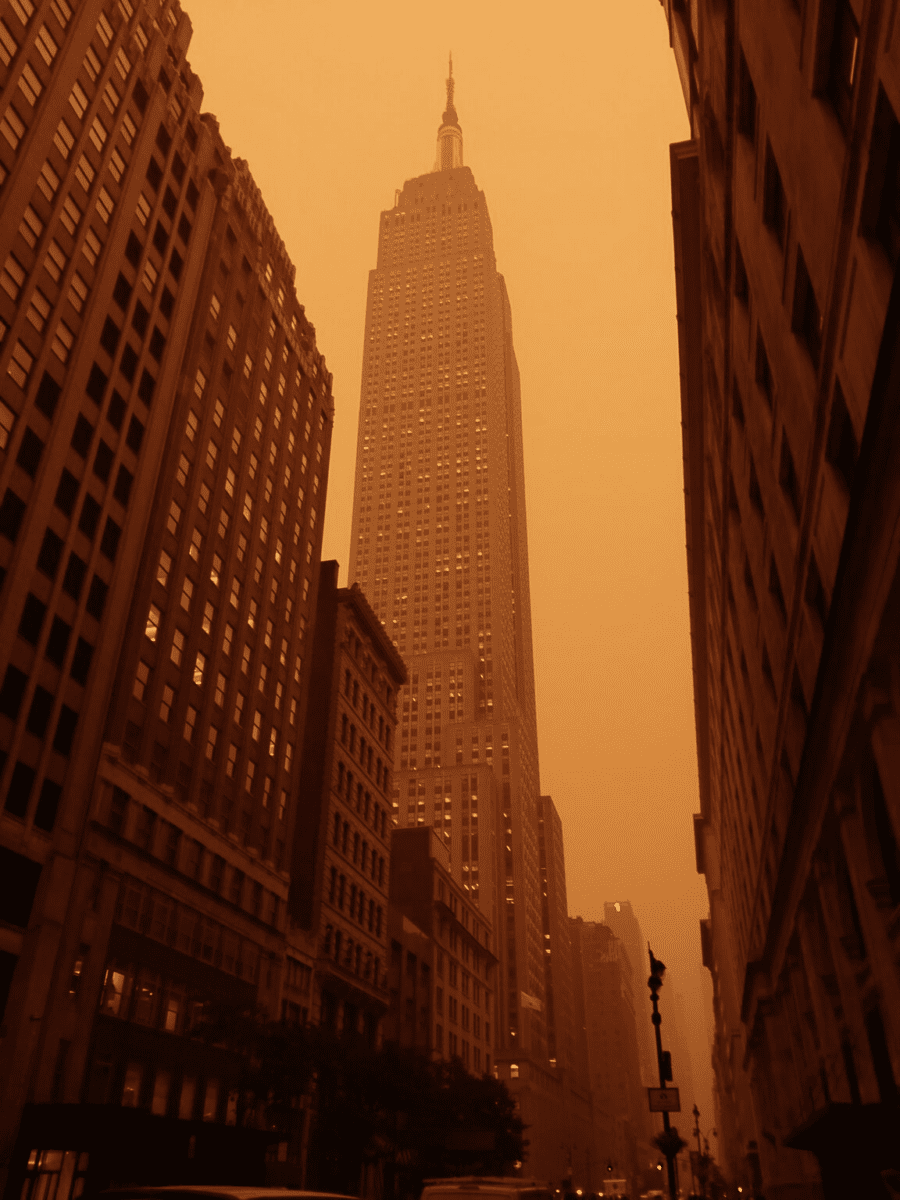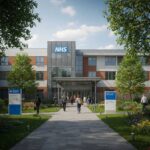The response to the wildfire smoke in New York City was delayed and inadequate, leaving residents unprepared and struggling to protect themselves. The acrid and otherworldly smoke from the wildfires had already been choking the city for days before any guidance or resources were provided. The late response from Mayor Eric Adams left more than eight million residents scrambling to find ways to cope with the unhealthy air.
Large public spaces like libraries and schools were shut down, leaving people nowhere to go. The availability of masks, particularly N95s, was limited, making it difficult for people to protect themselves from the toxic air. The government’s plan to distribute masks was insufficient for a city of 8.5 million people, and obtaining them required exposure to the hazardous air. New Yorkers were left to fend for themselves in the face of the worsening smoke, reminiscent of previous crises where government responses were lacking.
Similar Post
Mayor Adams admitted to being caught by surprise by the smoke, despite early warnings from the state’s Department of Environmental Conservation. Families were advised to use HEPA purifiers at home, but these were also hard to find and often expensive. The apocalyptic smoke caused immediate health issues and is likely to have long-term consequences, such as increased asthma and potential cancer risks.
The guidance provided to the public was unclear and came too late, leaving individuals to manage on their own. The government’s failure to respond in a timely manner and provide effective guidance is deeply concerning, especially after the experiences during the pandemic. Preparedness for future smoke events should include not only closures but also safe spaces and infrastructure with HEPA filters and readily available masks.
Most of the cities are underprepared for emergencies like wildfires. Advance notice of public health emergencies should be improved, and communication should extend beyond social media. Outreach efforts, such as deploying workers to assist homeless individuals during emergencies, should be coordinated to ensure the safety of vulnerable populations. Utilizing existing communication channels, such as subway announcements, can help disseminate crucial information to residents.
High-quality masks and information should be distributed to all New Yorkers, particularly those in vulnerable communities. The city’s municipal government has the capacity to provide more support, including opening clean air centers with air purifiers as safe havens. Collaboration with library systems can extend their operating hours to provide a refuge for residents with poor ventilation in their apartments. The inadequate response to the smoke crisis reflects a deeper issue of delayed action in transitioning away from fossil fuels.
Urgent measures are needed to address the climate crisis, including better wildfire suppression policies and smoke mitigation practices. Public-health communication should be improved to ensure timely warnings and guidance during emergencies. Preparedness should include a mindset of expecting the unexpected and developing contingency plans for various scenarios. Libraries should remain open, and masks should be readily available for future emergencies.
The fundamental response to emergencies like the wildfire smoke needs to be timely, comprehensive, and proactive. The urgency of the climate crisis requires faster progress in transitioning away from fossil fuels. Effective wildfire suppression policies and smoke-mitigation practices are essential for protecting communities. Improved public-health communication is necessary to ensure the well-being of residents during emergencies. The lessons learned from this experience should drive better preparedness and response strategies for future crises.


















